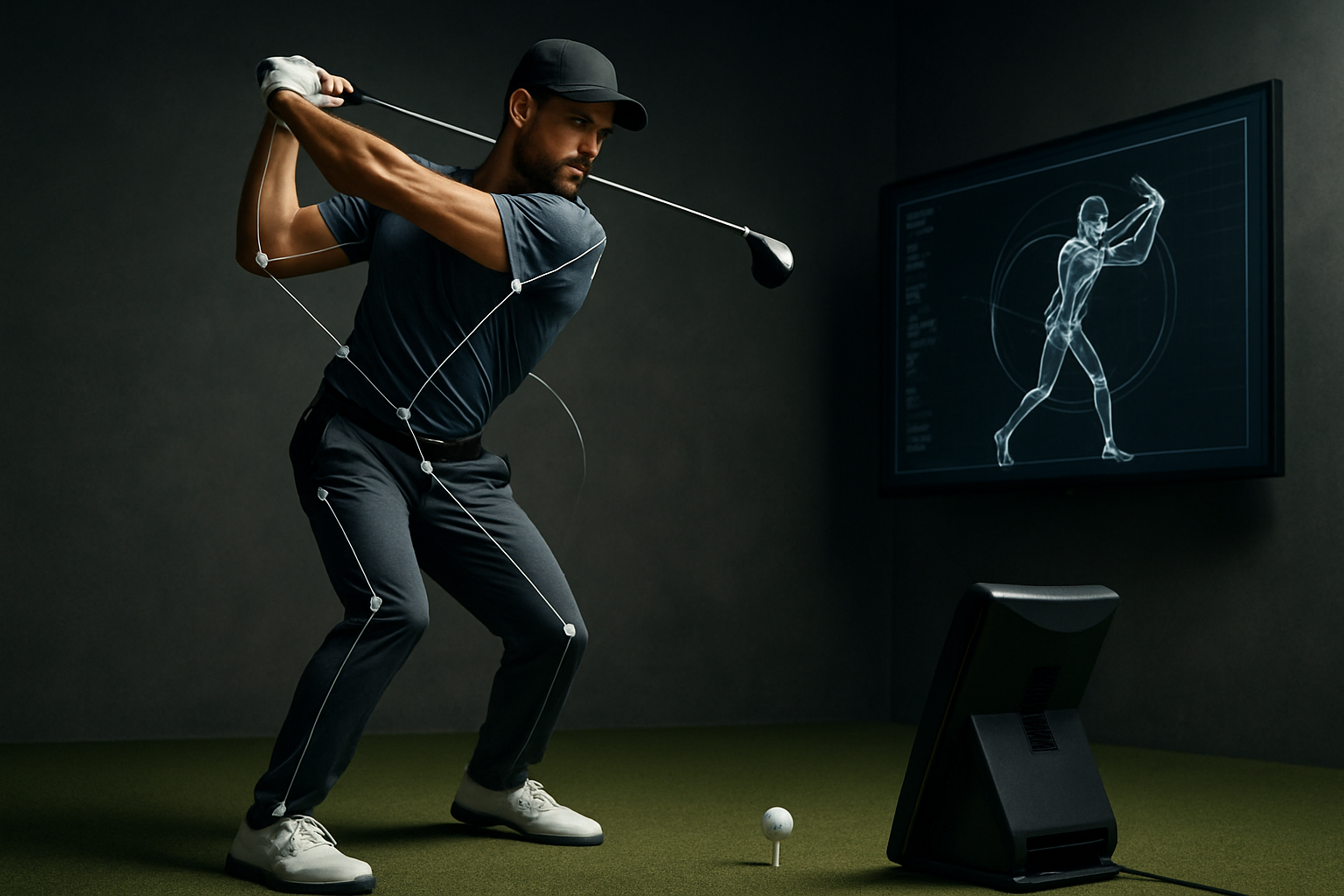Golf Simulation: How Indoor Golf Simulators Work and Use of Technology
Golf simulation has evolved from simple ball machines to sophisticated setups that combine sensors, high-speed cameras, and advanced software to recreate courses and quantify swing data. Indoor golf simulators let players practice year-round, play virtual versions of real courses, and analyze metrics such as clubhead speed, launch angle, and spin. This article explains how these systems work, what components are involved, how indoor environments affect performance and training, and which technologies drive modern simulation. The aim is to give a clear, factual overview for players, coaches, venue operators, and sports-technology curious readers considering local services or home installations.

golf: How do simulators reproduce course play?
Modern simulators reproduce key aspects of golf by measuring ball and club behavior and mapping that data to a digital model of a course. Systems use physics engines that translate launch angle, ball speed, and spin into a simulated flight path, accounting for wind, elevation changes, and terrain interactions. The accuracy depends on sensor fidelity, calibration, and software quality. Simulated course visuals are often based on real-world scans or modeled environments, which provide realistic shot feedback but do not replicate every subtle condition of an actual fairway or green.
golf simulator: What components make one work?
A typical golf simulator includes an impact screen or hitting bay, a launch monitor or tracking system, a projector or display, simulation software, and sometimes a turf mat and enclosure. Launch monitors use radar (Doppler), camera-based optical tracking, or a hybrid of both to record parameters like carry distance and spin rate. Software integrates that data for shot modeling and statistics. Higher-end systems can also include club tracking and ball-trace visualizations. Each component influences space requirements, setup complexity, and the system’s ability to provide consistent, repeatable measurements.
indoor golf: What environments suit simulators?
Indoor golf setups range from compact home bays to commercial facilities and teaching studios. Home installations typically need enough ceiling height for a full swing and a space of several meters in depth; many players use limited-size setups that support partial swings or use shorter clubs. Commercial venues can accommodate multiple bays, spectator areas, and climate control. Lighting, flooring, and room acoustics affect the experience, and proper installation—secure mounts, durable impact screens, and safe clearance zones—is important for reliable operation and safety in your area.
sports: How does simulation affect training and performance?
Golf simulators provide immediate, objective feedback that supports practice routines and performance tracking. Measurable metrics such as carry distance, spin axis, and launch conditions help players identify swing tendencies and monitor improvement over time. Coaches can use simulation to structure drills, compare club performance, and simulate course-management scenarios. While simulators excel at data-driven practice and repetition, they are a complement rather than a replacement for on-course experience, where variables like turf interaction, wind, and psychological factors also influence play.
technology: What sensors and software are used?
Technology behind simulators spans sensor types and software features. Radar-based launch monitors measure ball velocity and trajectory in open spaces, while camera-based systems capture high-speed imagery to calculate spin and angle. Infrared and pressure sensors can track clubhead position or foot pressure. On the software side, mapping tools, swing analysis modules, multiplayer support, and stat-tracking dashboards are common. Advances in machine learning and real-time rendering continue to improve shot modeling and visual realism. Integration with mobile apps and cloud services allows data storage and remote coaching.
Conclusion
Golf simulation brings together sports science and consumer technology to expand where and how players practice and play. Indoor golf simulators vary in accuracy, space needs, and features, but they consistently offer structured feedback, replayable scenarios, and the ability to simulate many courses. For athletes and recreational players, simulators are a practical tool for data-driven training and year-round play; for venues, they provide a controlled way to host golf-related activities. As sensors and software evolve, expect simulation to become more precise and more integrated into coaching and player development.






